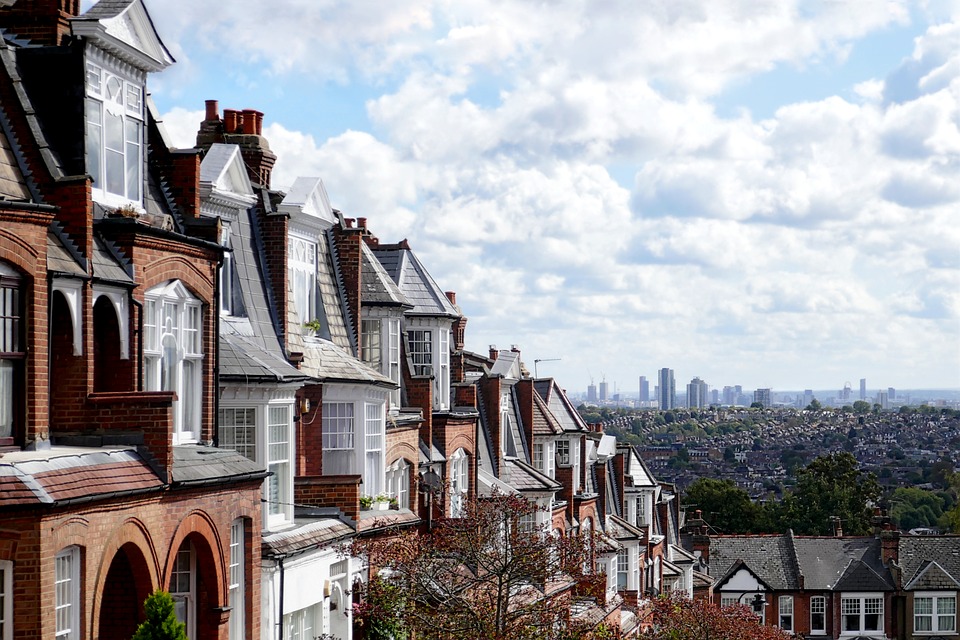Scotland has been crowned the best place for landlords to invest as research has shown the average yield for Scottish buy-to-let properties scoops the rest of the UK.
The findings from lettings platform Howsy, published today (October 2), showed Glasgow City was the overall best place to invest in buy-to-let property with a current rental yield of 7.5 per cent.
Midlothian and East Ayrshire, both in Scotland, were close behind with rental yields of 6.8 per cent, while Scottish county West Dunbartonshire was fourth at 6.7 per cent.
“After years of being slammed by regulatory changes making it harder to turn a profit, choosing where to invest has never been more important for landlords.”
Chris Sykes, broker at Private Finance
The research showed Burnley and Belfast were offering yields of 6.5 per cent, while Inverclyde offered 6.4 per cent, followed by Falkirk (6.3 per cent), the Western Isles (6.2 per cent) and Clackmannanshire (6.1 per cent) to complete the top 10.
Wales fared worst among the home countries with an average yield of 3.7 per cent compared with Scotland’s 5.7 per cent.
Landlords in England and Northern Ireland receive average yields of 4.1 per cent and 5.4 per cent respectively.
Chris Sykes, broker at Private Finance, said: “After years of being slammed by regulatory changes making it harder to turn a profit, choosing where to invest has never been more important for landlords.
“Generally speaking, properties further north tend to require a smaller initial investment. Glasgow, which tops Howsy’s list, has an average house price of just £135,121.
“Being a major city and university town, the area also benefits from strong rental demand so this combination of low property prices and decent regular rental income is a winning formula for investors.”
The buy-to-let market grew rapidly after the financial crisis but has since taken a beating as a number of tax and regulatory changes have hit landlords’ pockets.
How the rules changed:
An additional 3 per cent stamp duty surcharge, introduced in April 2016, was closely followed by the abolition of mortgage interest tax relief for landlords.
Landlords then took a further hit when a shake up of rules by the Prudential Regulation Authority meant buy-to-let borrowers were now subject to more stringent affordability testing.
The changes to mortgage relief have been phased into the system since April 2017, but by April 2020 landlords will be unable to deduct any of their mortgage expenses from taxable rental income.
Instead, they will receive a tax-credit based on 20 per cent (the current basic tax rate) of their mortgage interest payments.
Following the changes, landlords who were higher or additional-rate taxpayers would now only get refunds at the 20 per cent rate, rather than top rate of paid tax.
On top of this, landlords could also be forced into a higher tax bracket because they would need to declare the income that was used to pay the mortgage on their tax return.
Mr Sykes said mortgage repayments often represented a large chunk of landlords’ costs, so getting as low a rate as possible was important to achieve a profitable rental yield.
He said lenders were currently offering very competitive buy-to-let product rates, both as a result of the wider low-rate environment and in a bid to attract more business given the slowdown the sector has experienced in recent years so now was the right time for landlords to remortgage onto a “rock-bottom rate” to maximise their overall profits.
Founder and chief executive of Howsy, Calum Brannan, said technology had helped landlords connect with their tenants more easily which meant they were no longer restricted to investing within the local vicinity to keep tabs on their property or forced to pay large fees for an agent to do so.
He said: “This leaves them free to buy in one section of the market and invest in another to maximise their financial gain across the board.
“More accessibility via digital rental platforms now provides landlords with greater empowerment when managing their property portfolio and they can do so anytime, day or night, with greater peace of mind.”
The research also showed which locations offered the highest annual house price growth for those looking to buy.
North Devon topped the list with expected growth of 15 per cent, while Welsh locations Merthyr Tydfil and Blaenau Gwent came in second and third place.
England had the lowest annual house price growth of the home countries at 0.3 per cent, while Wales stormed ahead with 4.2 per cent.
| Location: | Annual House Price Growth: |
| North Devon | 15% |
| Merthyr Tydfil | 13% |
| Blaenau Gwent | 13% |
| Caerphilly | 11% |
| Camden | 10% |
| West Devon | 9% |
| Forest Heath | 9% |
| Rochdale | 9% |
| Monmouthshire | 9% |
| Trafford | 8% |
| Home countries: | |
| England | 0.3% |
| Wales | 4.2% |
| Scotland | 1.4% |
| Northern Ireland | 1.6% |
| United Kingdom | 0.7% |
By Imogen Tew
Source: FT Adviser









